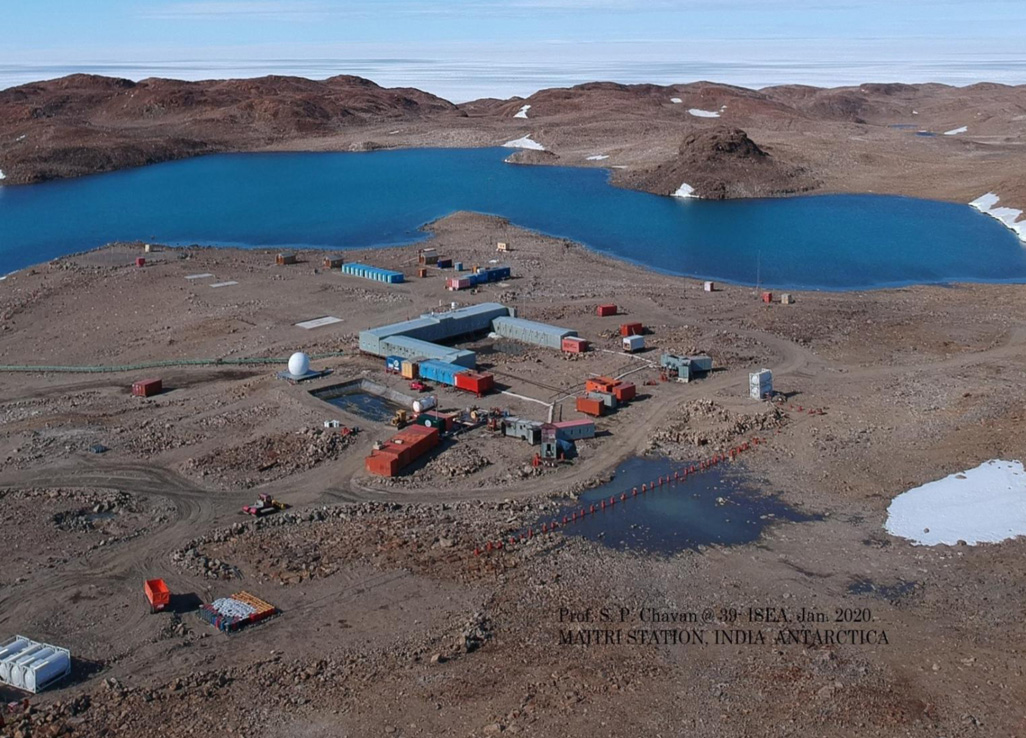Abstract: A coastal zone is one of the most fragile ecosystems on earth. Managing coastal resources sustainably calls for up-to-date knowledge, cutting edge planning and trained human resources. Satellite remote sensing provides synoptic and unbiased content in a multi-temporal domain that can help planners put suitable management policies in place.
The author is scientist, Indian Institute of Remote Sensing, Dehradun. d_mitra@hotmail.com
TO READ THE FULL ARTICLE
Already have an account? Log In
Keep reading with one of these options :
OR
Free
Limited Articles
Create an account
